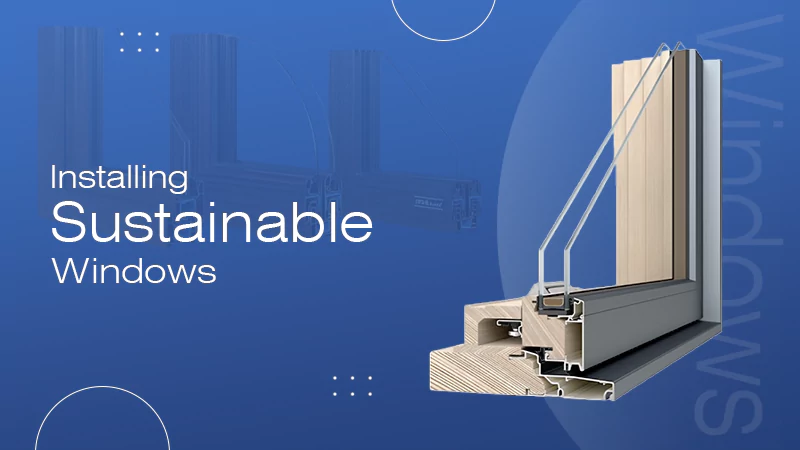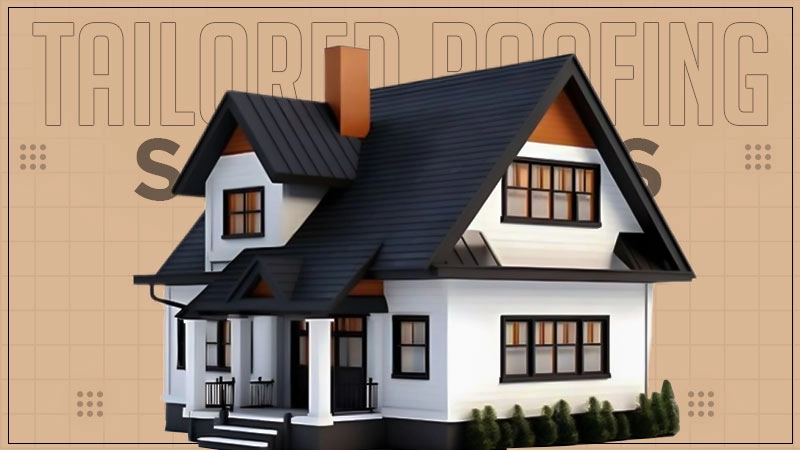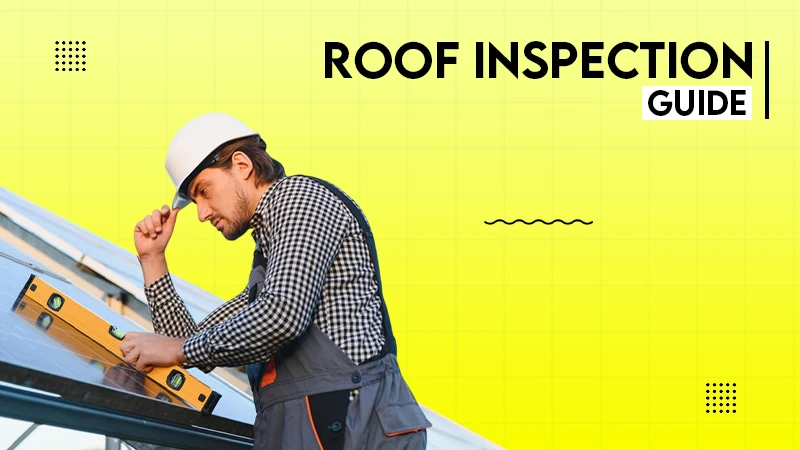Your roof has an important part in sheltering your home from the elements. It’s often the first line of defense against rain, snow, and extreme temperatures, so its condition can say a lot about the state of your property.
Many homeowners overlook their roofs, assuming they are in good condition simply because there are no apparent leaks or problems inside their homes. However, visible issues such as shingles that are missing, curling, or cracking can indicate underlying problems that might be more serious. Understanding these signs can help mitigate costly repairs and ensure the longevity of your home.
Identifying Common Roofing Problems
Roof issues often manifest in several recognizable ways. One of the most prevalent signs is the state of the shingles. Missing or cracked shingles are clear indicators that your roof may need professional assessment. The condition of flashings, which seal areas around chimneys, vents, and other penetrations, is equally important.
Improperly installed or aged flashings can lead to roof leaks, which are not always immediate but can result in extensive damage. The team of expert Fairfax roofers says that regular visual inspections performed by professionals can help identify such problems early. If you notice granules from your shingles in gutters or on the ground, this can signify that your shingles are deteriorating. Aging roofs can build algae stains or moss growth, which can lock away moisture and further deteriorate roofing materials.
Assessing Roof Age and Material
Understanding the age and material of your roof can significantly influence its condition. In general, asphalt shingles have a life cycle of about 20 to 30 years, while metal roofs might last 50 years or more with proper upkeep. Knowing when your roof was installed helps in anticipating future issues, as older roofs may not hold up as well against severe weather conditions. Different roofing materials behave differently.
Wood shake roofs can rot and become infested with insects, while organic shingles may succumb to mold and mildew more quickly than synthetic alternatives. Regular maintenance tailored to the material can help extend the roof’s life and improve your home’s health.
Inspecting the roof for signs of aging, such as curling shingles or rust spots on metal panels, can provide early warnings of deterioration. Granule loss or discoloration on asphalt shingles may signify the roof is nearing the end of its lifespan.
It’s helpful to compare current material performance to manufacturer specifications or industry benchmarks. Homeowners should think about whether the roof has undergone any partial repairs, as patchwork can affect durability. Consulting previous maintenance records can give valuable insight into how well the roof has been cared for over the years.
Impact of the Local Climate on Roofing
The climate in your area plays a significant role in determining your roof’s durability and the necessary maintenance regime. Regions with heavy snowfall must think about snow load and ice-damming risks, while those exposed to high winds might require stronger roofing materials. UV exposure can drastically affect roofing materials, resulting in quicker deterioration.
Residents in harsh climates should inspect their roofs more frequently. Shingles on coastal homes may experience rapid wear from saltwater and humidity. Knowing the specific climate-related pressures on your roof can help you take proactive measures and potentially adjust your maintenance schedule.
Signs of Internal Damage Linked to Roof Issues
Sometimes, roof damage is not apparent from the outside. Problems may lurk beneath the surface and manifest as internal signs of damage. Brown spots on ceilings, peeling paint, or mold growth on interior walls could indicate leaks stemming from the roof. Even a small leak can lead to unforeseen issues if left unaddressed. This underlines the importance of not only checking the roof itself but exploring the impact it has on your home’s interior, which can lead to substantial repair costs if neglected.
The Importance of Professional Inspections
Professional inspections provide an in-depth analysis of your roof’s condition that may be overlooked by an untrained eye. Experts have the expertise and knowledge to determine issues that may not be seen initially.
They can offer insights into the roof’s life expectancy, recommend replacements, or suggest maintenance strategies tailored to your unique situation. Making plans for a professional inspection can potentially save money in the long run. It prevents minor issues from escalating into significant problems requiring costly repairs or even full replacements.
Being proactive about roof maintenance aids in preserving the property’s value and integrity. On top of regular inspections, having a certified roofing contractor undertake repairs creates peace of mind. They understand local codes, guarantee workmanship, and can utilize quality materials specific to your home’s needs.
Maintaining your roof properly can prevent long-term issues and ensure your home remains a safe and comfortable space. Regular upkeep can boost your home’s curb appeal and contribute to energy efficiency. By paying attention to the condition of their roof, homeowners can better protect their investment and home quality. Roofs, while often neglected, are pivotal to home health, and comprehensive care is key to long-term sustainability.




